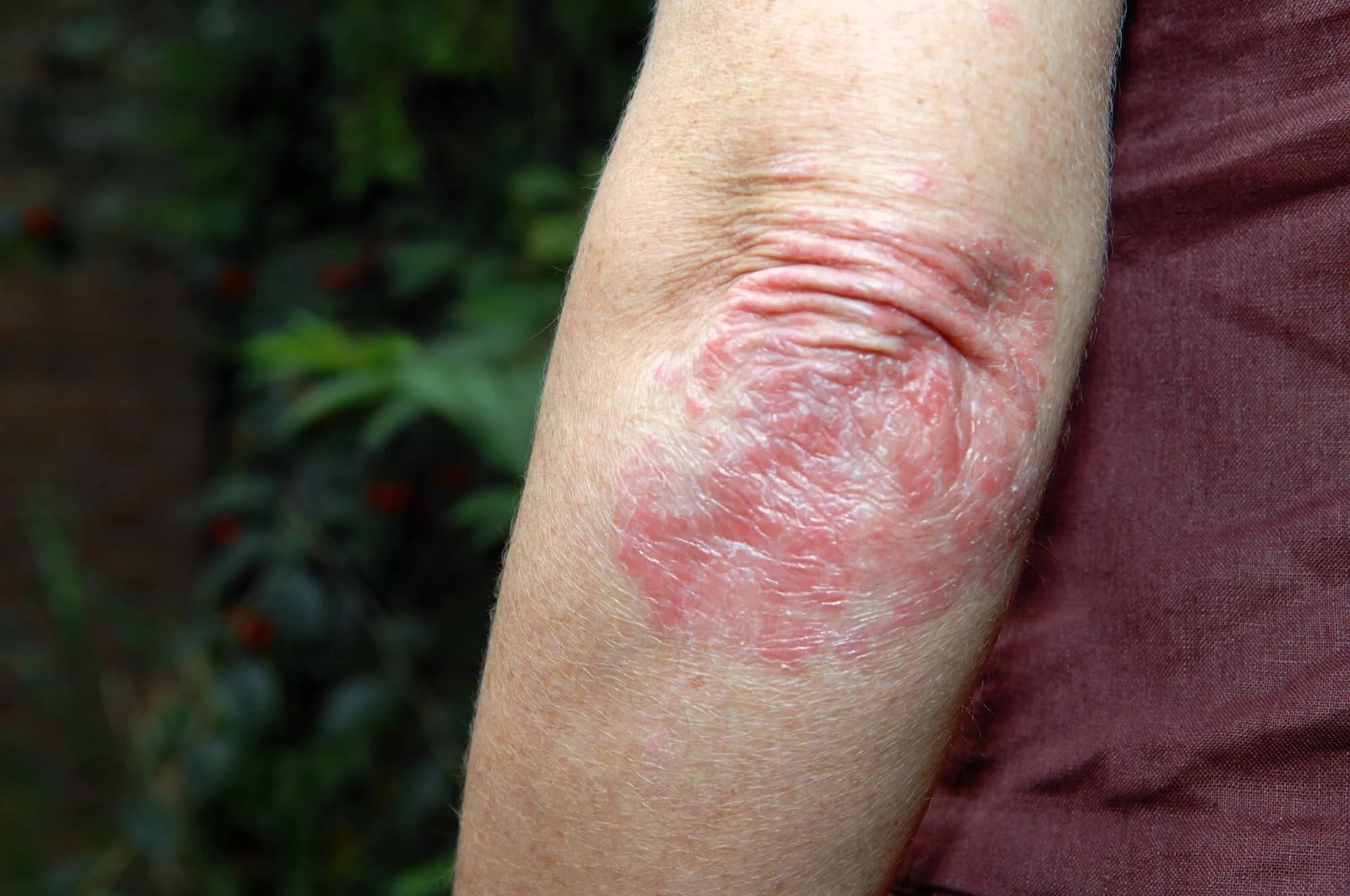
Auspitz's sign is a clinical indicator often used by dermatologists to diagnose psoriasis. When the top layer of a psoriasis plaque is scraped away, pinpoint bleeding spots appear. This phenomenon occurs because the scraping exposes the underlying blood vessels. Auspitz's sign is named after Heinrich Auspitz, a 19th-century dermatologist who first described it. Recognizing this sign can help differentiate psoriasis from other skin conditions like eczema or dermatitis. Understanding Auspitz's sign is crucial for accurate diagnosis and effective treatment. Whether you're a medical student, a healthcare professional, or someone curious about dermatology, these 25 facts will deepen your knowledge of this important clinical sign.
Key Takeaways:
- Auspitz's sign, named after Heinrich Auspitz, helps doctors diagnose skin conditions like psoriasis by observing pinpoint bleeding spots when scales are scraped off a plaque. It's a crucial tool in dermatology history.
- Patients with skin conditions should be aware of Auspitz's sign and its implications, as early recognition can lead to timely treatment and better outcomes. Ongoing research aims to improve diagnostic techniques and treatment options.
What is Auspitz's Sign?
Auspitz's sign is a clinical dermatological indicator often associated with psoriasis. When scales are scraped off a psoriatic plaque, pinpoint bleeding spots appear. This phenomenon helps doctors diagnose certain skin conditions.
Historical Background
Understanding the history behind Auspitz's sign can provide context for its significance in dermatology.
- Named After Heinrich Auspitz: Heinrich Auspitz, an Austrian dermatologist, first described this sign in the 19th century.
- First Documented in 1872: Auspitz's observations were published in 1872, making it a longstanding diagnostic tool.
- Early Use in Psoriasis Diagnosis: Initially, the sign was primarily used to diagnose psoriasis, a chronic skin condition.
Clinical Significance
Auspitz's sign plays a crucial role in diagnosing various skin disorders. Here are some key points about its clinical importance.
- Indicator of Psoriasis: The presence of Auspitz's sign is a strong indicator of psoriasis.
- Helps Differentiate Skin Conditions: It helps differentiate psoriasis from other skin conditions like eczema.
- Not Exclusive to Psoriasis: While commonly associated with psoriasis, Auspitz's sign can also appear in other skin disorders.
How Auspitz's Sign is Tested
Testing for Auspitz's sign involves a simple procedure that can be performed in a clinical setting.
- Scraping the Skin: A healthcare provider gently scrapes the skin to remove scales.
- Observation of Bleeding Points: The appearance of pinpoint bleeding spots confirms the presence of Auspitz's sign.
- Non-Invasive Procedure: This test is non-invasive and can be done quickly during a routine examination.
Associated Skin Conditions
While psoriasis is the most common condition linked to Auspitz's sign, other skin disorders can also exhibit this sign.
- Seborrheic Dermatitis: Sometimes, seborrheic dermatitis can show Auspitz's sign.
- Lichen Planus: In rare cases, lichen planus may also present this sign.
- Actinic Keratosis: Actinic keratosis, a precancerous condition, can occasionally show Auspitz's sign.
Limitations of Auspitz's Sign
Despite its usefulness, Auspitz's sign has some limitations that healthcare providers should consider.
- Not Always Present: Auspitz's sign is not always present in all cases of psoriasis.
- False Positives: Other skin conditions can sometimes mimic Auspitz's sign, leading to false positives.
- Requires Expertise: Accurate identification of Auspitz's sign requires a trained eye.
Modern Relevance
In today's medical practice, Auspitz's sign remains relevant but is often used alongside other diagnostic tools.
- Complementary Tool: It is used as a complementary tool rather than a standalone diagnostic method.
- Part of a Comprehensive Exam: Auspitz's sign is part of a comprehensive dermatological examination.
- Supported by Technology: Modern imaging technologies can support the identification of Auspitz's sign.
Patient Awareness
Patients with skin conditions should be aware of Auspitz's sign and its implications.
- Educational Resources: Many dermatology clinics provide educational resources about Auspitz's sign.
- Self-Examination: Patients can perform self-examinations but should consult a healthcare provider for confirmation.
- Importance of Early Diagnosis: Recognizing Auspitz's sign early can lead to timely treatment and better outcomes.
Research and Developments
Ongoing research continues to explore the implications and applications of Auspitz's sign in dermatology.
- New Diagnostic Techniques: Researchers are developing new techniques to improve the accuracy of diagnosing skin conditions.
- Genetic Studies: Genetic studies are exploring the hereditary aspects of conditions associated with Auspitz's sign.
- Innovative Treatments: Advances in treatment options are being informed by a better understanding of Auspitz's sign.
Future Prospects
The future of dermatology may see changes in how Auspitz's sign is used and understood.
- Integration with AI: Artificial intelligence may play a role in identifying Auspitz's sign more accurately.
Final Thoughts on Auspitz's Sign
Auspitz's Sign, a key indicator in diagnosing psoriasis, involves pinpoint bleeding when scales are removed from a lesion. This phenomenon helps dermatologists distinguish psoriasis from other skin conditions. Knowing about Auspitz's Sign can aid in early diagnosis and treatment, improving patient outcomes.
Understanding this sign's importance highlights the need for awareness and education about psoriasis. Early detection can lead to better management and a higher quality of life for those affected.
If you or someone you know shows symptoms, consulting a healthcare professional is crucial. They can provide a proper diagnosis and treatment plan.
Remember, knowledge is power. Being informed about Auspitz's Sign and its role in psoriasis can make a significant difference in managing this chronic skin condition. Stay educated, stay proactive, and take control of your health.
Frequently Asked Questions
Was this page helpful?
Our commitment to delivering trustworthy and engaging content is at the heart of what we do. Each fact on our site is contributed by real users like you, bringing a wealth of diverse insights and information. To ensure the highest standards of accuracy and reliability, our dedicated editors meticulously review each submission. This process guarantees that the facts we share are not only fascinating but also credible. Trust in our commitment to quality and authenticity as you explore and learn with us.
